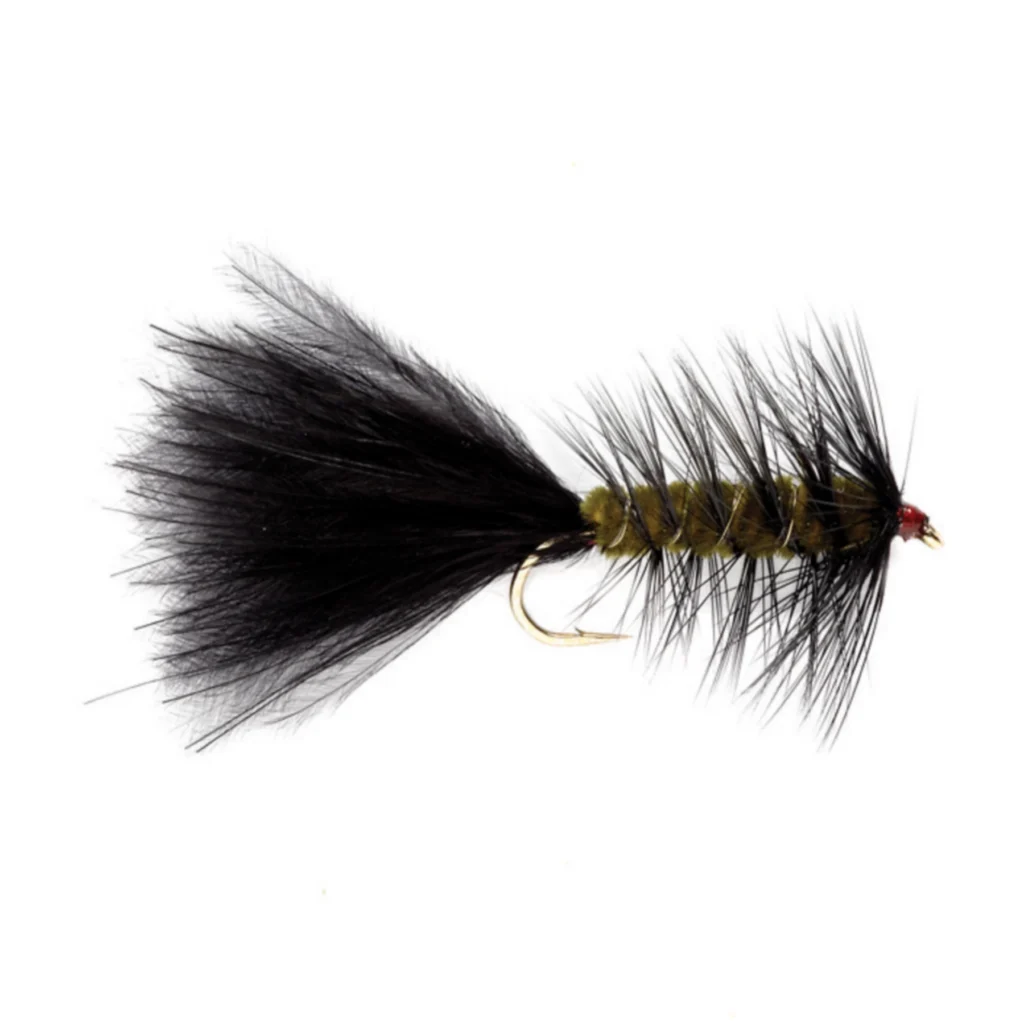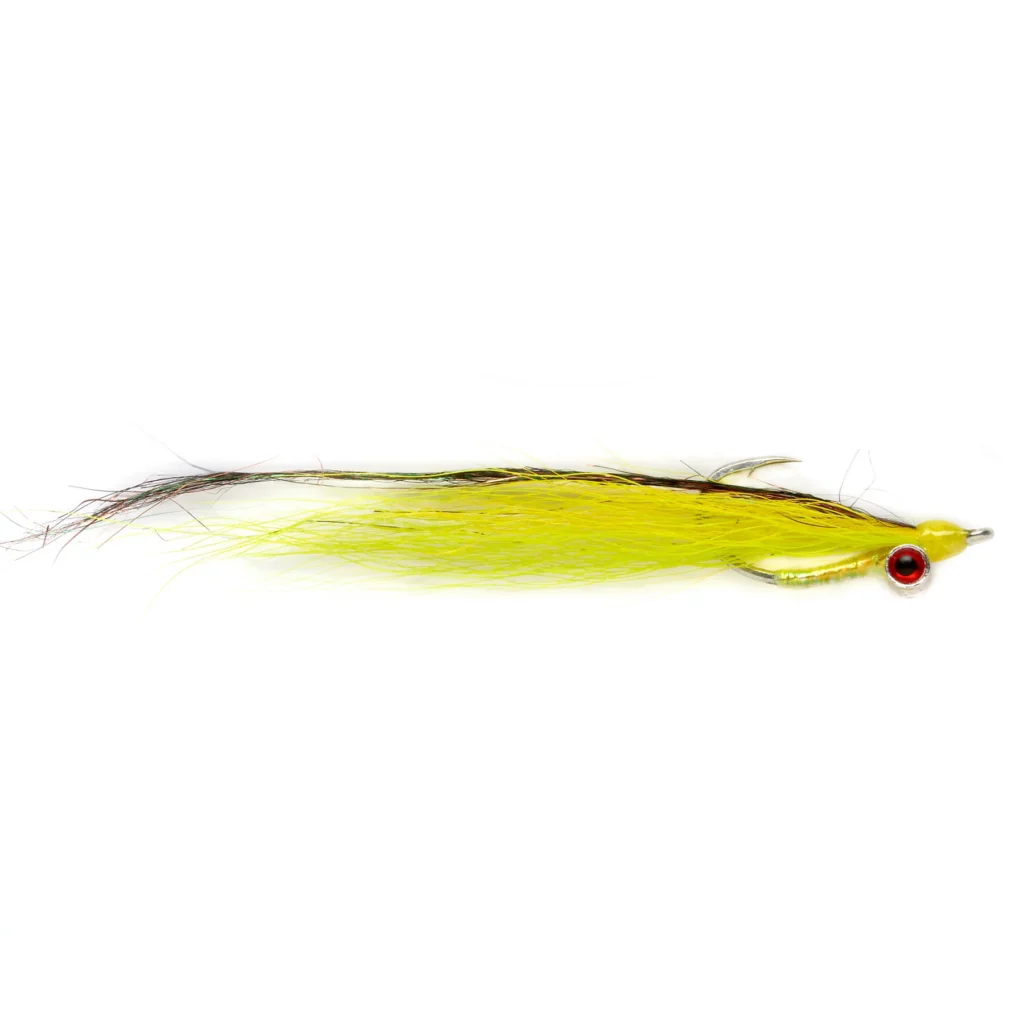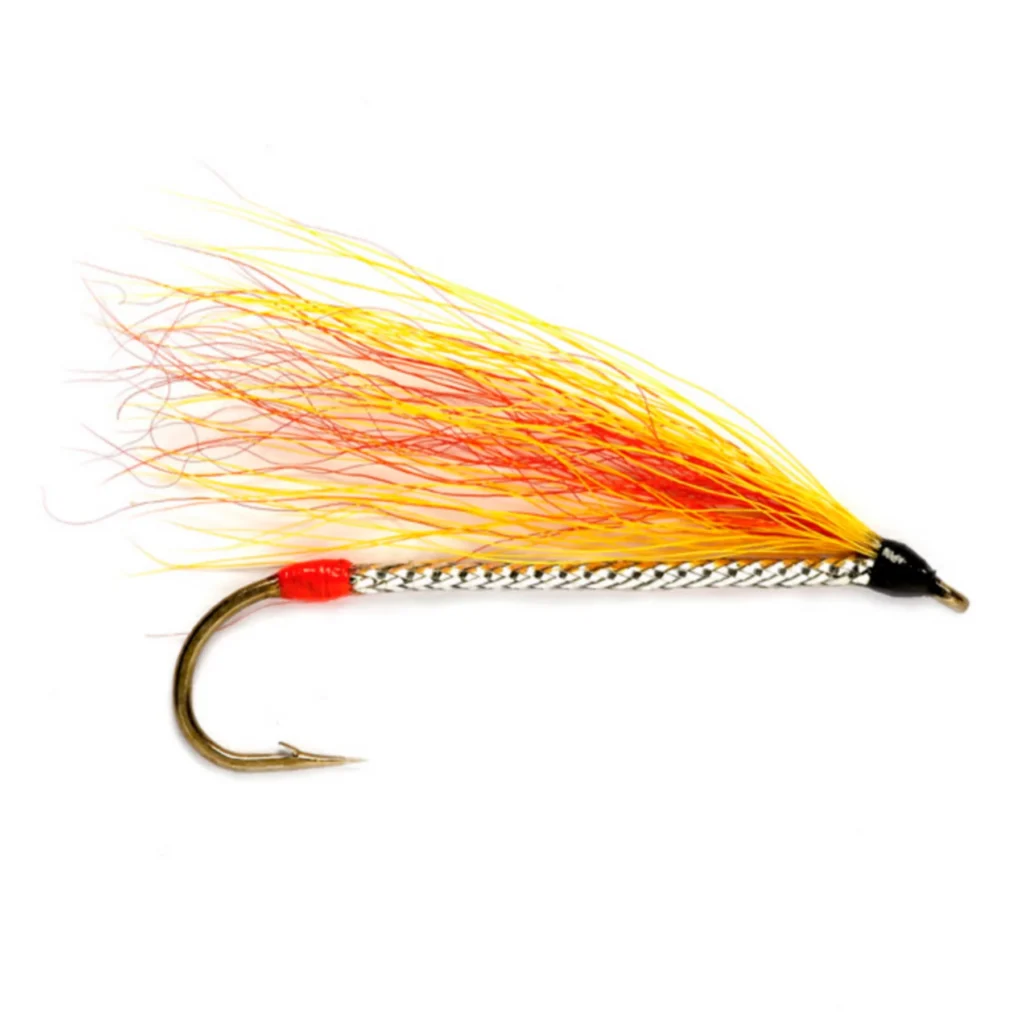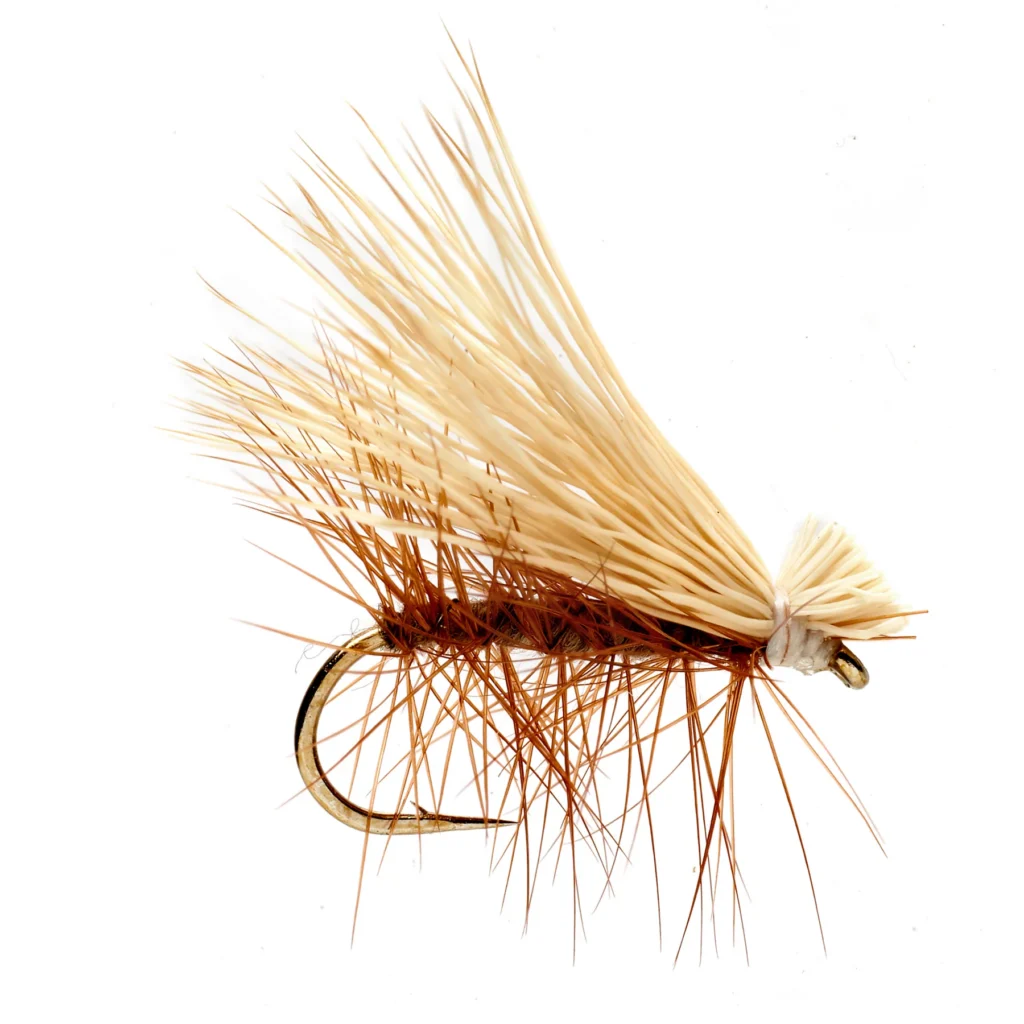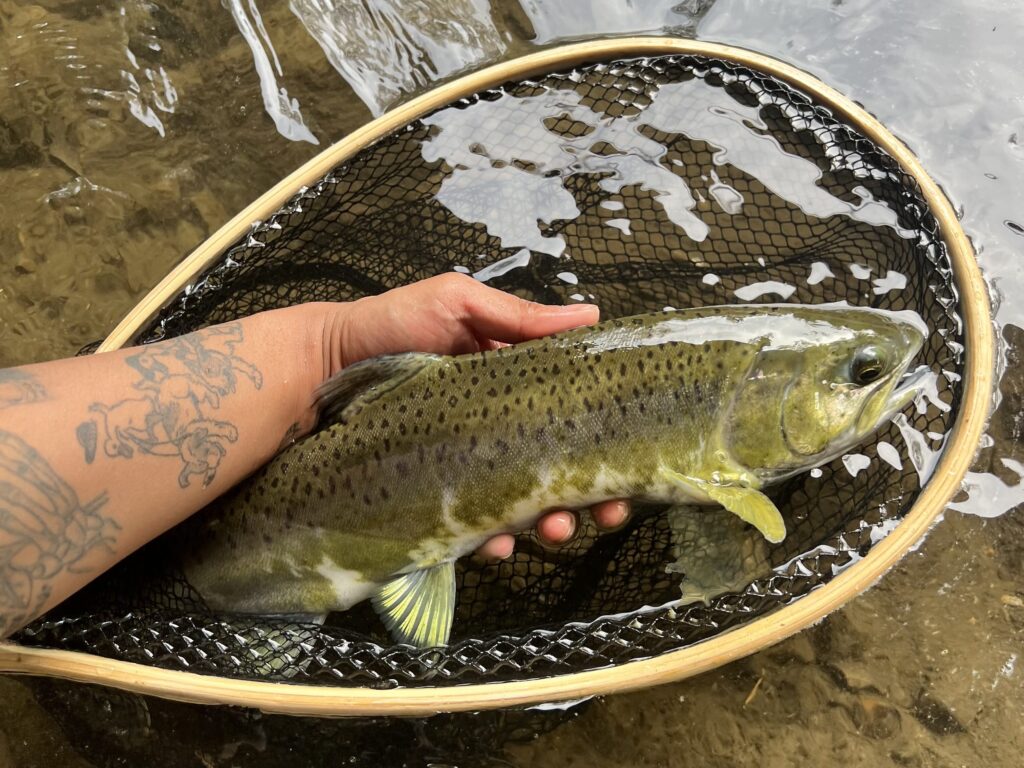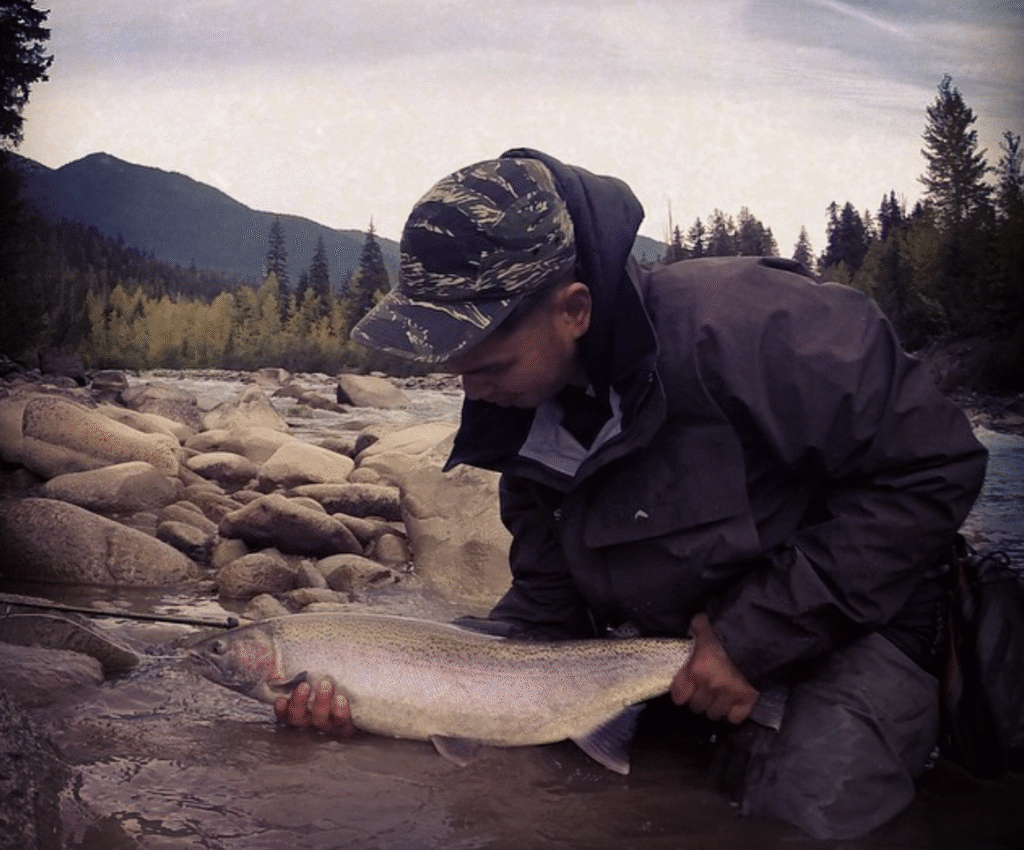
As salmon season comes to an end in southern Ontario, anglers are left asking “what’s next?”
The answer is winter-season steelhead.
For those who do not know, steelhead is another name for sea-run rainbow trout. Though Ontario is not home to an adjacent sea, it is home of a sea-adjacent: the Great Lakes. The diverse ecosystem allows for these fish to grow upwards of one meter in length and weigh up to 45 pounds once fully matured. Because of its sheer size and brute fight, winter steelhead fishing has a cult-like following and draws anglers from far and wide, all eager to test their skills against the river’s most vicious-fighting fish. For many, landing a winter steelhead acts as a rite of passage to call yourself an angler.
Theo Ovejas, a member of Toronto’s lone fly shop, Drift Outfitters, has dedicated the past 15 years of his life to fishing for these beautiful fish. “You always hear different anglers say, ‘the tug is the drug’. That’s exactly what it was for me,” Theo exclaimed. After growing up with a conventional rod and reel set up, Ovejas took it upon himself to branch off into other methods of fishing. In 2011, Theo opened himself up to the world of fly fishing. Not long after, he found himself frequenting the banks of the Credit River in Mississauga in hopes to hook onto a late-season salmon. Without warning, his reel began peeling line as he had hooked onto a fish that bolted downstream. “I didn’t know what to do,” Ovejas recounts. “I knew salmon put up a good fight but this was a fight unlike ever before.” After a 30-minute fight, Ovejas had finally netted the fish of a lifetime, his first ever winter steelhead.
If Ovejas, had never introduced me to winter steelhead and showed me how close they are to home, I would not know they flood Ontario’s rivers every year. As thousands of people are hanging up their waders for the season, we are two of many that are just getting ours off of the shelves. If this is what it means to be a fishing bum, then I am all for it.
Contact Information:
Theodore Ovejas
@_mykiss / @anorakcollective on Instagram
theo.ovejas@driftoutfitters.com
Image sourced from @_mykiss Instagram page
